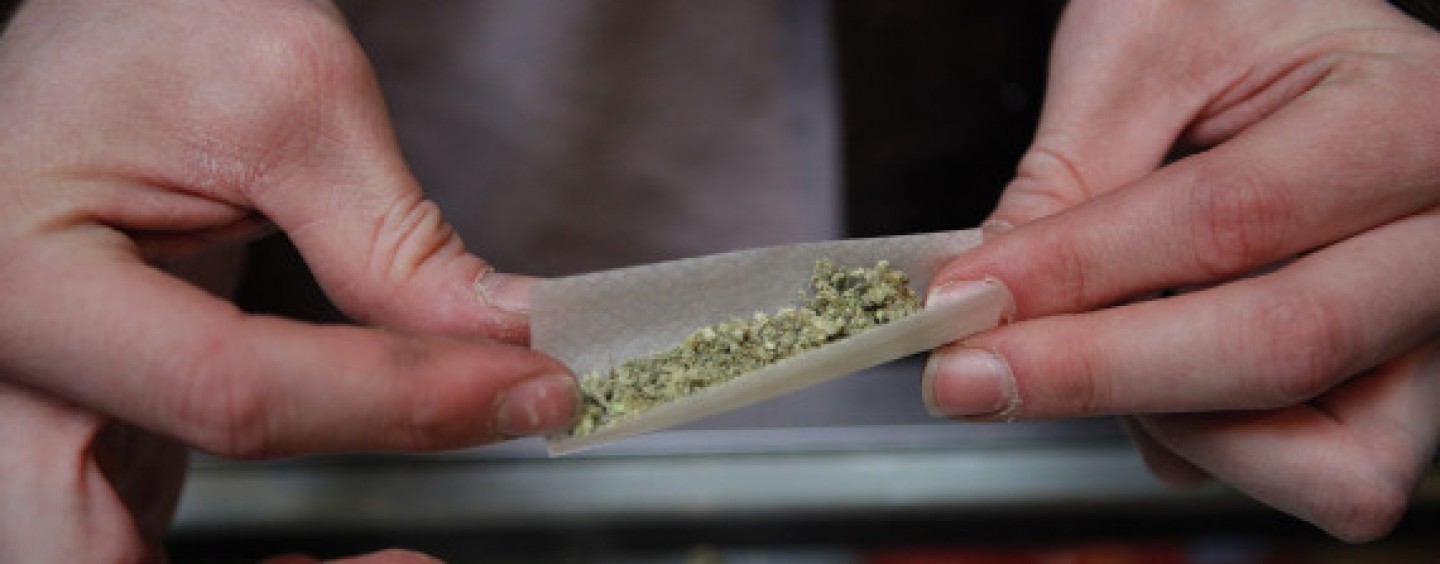
‘I have smoked dope and I did inhale: that was the point’
Nimbin is the home of Australia’s cannabis culture, ‘high’ in the hills above Lismore in the NSW Northern Rivers.
On the first weekend in May 2015, some 10,000 of the nation’s medical, industrial, and recreational cannabis users and their supporters gathered in the town for the 23rd annual Nimbin Mardi Grass ‘protestival’, which drew attention to the fact that cannabis is a relatively safe (compared to alcohol or tobacco), naturally-occurring recreational drug with proven medicinal qualities.
The event also sought to end the prosecution of cannabis users.
The only blight came when NSW Police took a heavy-handed approach to roadside drug testing. Over the course of the weekend the police collected over 600 saliva samples from drivers heading into or out of Nimbin. Roadside testing stations remained in place from the Thursday to the Monday on both roads out of Nimbin. At a cost of around $30 per sample collected, the outlay on drug detection kits would not have been minor.
While no one is suggesting that getting behind the wheel while stoned is safe, the active ingredient in cannabis — tetrahydrocannabinol (THC) — remains detectable in a person’s blood, saliva, hair and urine for several days following use. Unlike alcohol, which most people filter through the liver more quickly, the rate at which detectable levels of THC are in a person’s system varies wildly.
In any event, the psychoactive effects of a cannabis user’s experience lasts for only a few hours after consumption. Smokers are ‘stoned’ for no longer than three or four hours after smoking, while those who consume cannabis-laced edibles may feel the effects for up to six hours. And unlike the situation with alcohol, there is no correlation between an observed level of THC in a person’s system at a roadside test and their level of physiological impairment from the drug.
NSW Police announced that 114 drivers tested positive for THC over the course of the weekend. Although the police like to refer to such drivers as ‘being under the influence of cannabis’, there is no evidence for that. The long gap between the moment when a person is physiologically affected by cannabis and when cannabis remains detectable in saliva means nothing can be said with any confidence other than the driver has been exposed to cannabis at some point in recent history.
The police were not testing those who were driving erratically or even testing for impairment once drivers were pulled over. They were testing only for the presence of a substance that could have been consumed up to 72 hours previously. If the same approach were applied to recreational drinkers — with charges for “having a beer three days ago” — the uproar would be deafening.
That cannabis users are expected to tolerate such ham-fistedness reflects ongoing demonisation, a hangover from the puritanism of the 1920s temperance movement.
More than a third of adult Australians admit to trying cannabis. There is no justification for a legislative mandate that acts as a chemical straightjacket, threatening cannabis users with loss of licences (and in many cases income) for choosing to enjoy a different drug to those who framed the laws.
This kind of expensive, authoritarian enforcement is why the laws surrounding recreational cannabis are part of the Senate’s Inquiry into the Nanny State I’ll be chairing.
A sober, competent driving population is something we all want. Few drivers would be happy with the notion that the motorists with which they share the road were under the influence of alcohol or cannabis. The random breath test used to monitor blood alcohol levels provides a cheap, convenient method of establishing the level of impairment due to alcohol.
The same cannot be said for roadside cannabis testing. To remove sober, competent drivers from the road based on speculation that they may have been under the influence of cannabis at some point is counterproductive. This is especially so when considering that other drugs, such as LSD, cannot be detected by a roadside drug test.
It is disturbing that the police minister — as well as senior police — purports to give scientific credibility to these actions by conflating the efficacy of random breath testing for alcohol with roadside drug testing.
It’s no secret that I’m the only ‘out’ supporter for the legalisation of recreational cannabis in the Commonwealth parliament. And yes, I have smoked dope and I did inhale — that was the point.
Legalisation has been Liberal Democrats policy since the party was founded in 2001. But even for those who don’t agree on that, at least when it comes to drivers, cannabis requires a different approach.





